Porsche Outlaws: Stuttgart Hot Rods
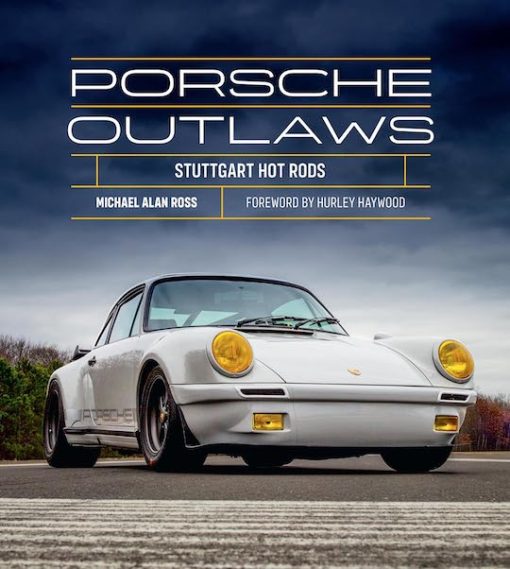 by Michael Alan Ross
by Michael Alan Ross
“Why now? The answer is simple. In a world that is increasingly defined by automation, electrification, and homogeneity, there is a burning desire for individualism and authenticity. Porsche Outlaws, with their unconventional approach to high-performance engineering, customization, and sheer driving pleasure, have emerged as an antidote to the mainstream. This book is an exploration of the resurgence of the Porsche Outlaw movement.”
Note the word resurgence in that excerpt. It implies that there had been a prior surge: Ferdinand and Ferry Porsche were hot-rodders! A shock to the system.
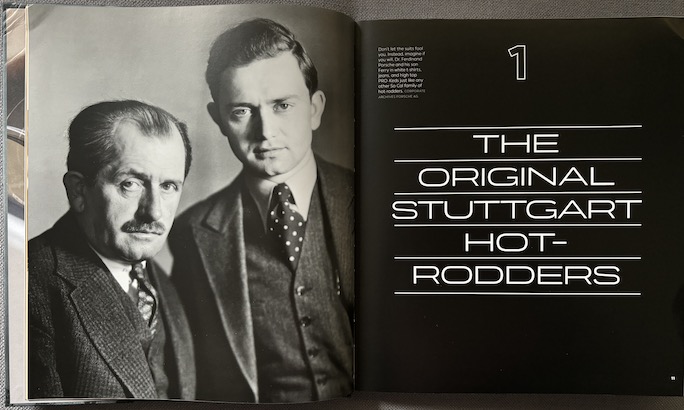
The caption is guaranteed to raise the temperature in the room: “Don’t let the suits fool you. Instead, imagine if you will, Dr. Ferdinand Porsche and his son Ferry in white t-shirts, jeans, and high-top PRO-Keds just like any other So Cal family of hot-rodders.”
Note: there’s a lot of black in this book—touch it with moist fingers at your peril. If you do, don’t rub; things will go from bad to worse.
This is how Michael Alan Ross threads the needle, and while it’s one thing to dismiss an author’s musings as overzealous or attention-grabbing the matter rises to a whole different level when a bona fide Porsche senior designer seconds the motion. That would be one Freeman Thomas, who also has VW, Audi, Chrysler, Dodge, Jeep, Ford, Lincoln, and Mercury notches in his belt. Also, he is American (b. 1957) so no stranger to the subject. Also, you know he must be serious about Outlaws because he is a co-founder of that almost mythical special-interest invitation-only “club” R Gruppe that caters to modified air-cooled 911s; an entire chapter is devoted to it, but you still won’t know how to get in except that asking is the surest way not to.
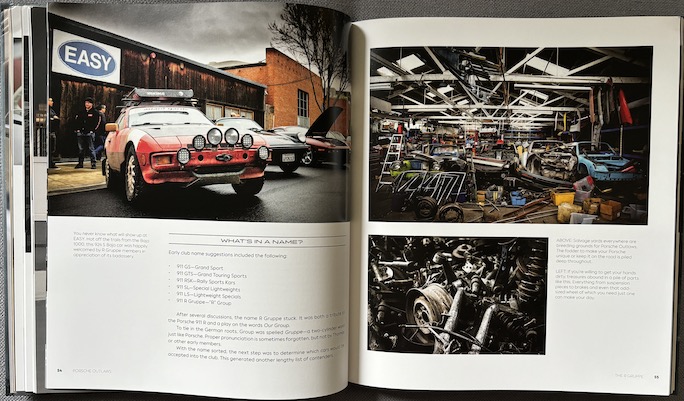
EASY stands for European Auto Salvage Yard, an important waypoint in the Outlaw story but now defunct.
One other unexpected name warrants attention: American racer Hurley Haywood wrote the Foreword, signaling that even “Porsche’s ambassador for 50 years” finds nothing to sneer at when it comes to Porsche Outlaws.
Ross is not at all unaware of how divisive the topic is within the Porsche community. He can also not be unaware, even though he doesn’t say anything about it, that there are, for instance, no Ferrari Outlaws or, if that is too exalted for you, Corvette Outlaws. That this book showcases some builds that clock in at a half million dollars proves that cost can’t play much of a role. So, it is a conundrum why it is Porsches, cars that are basically thought of as fully mature straight out of the box and that can only get screwed up by tinkering, should have spawned a movement that nowadays even the automaker itself sees as adding value to the brand. (Porsche Motorsport North America now builds engines to Singer Vehicle Design’s own specifications!)
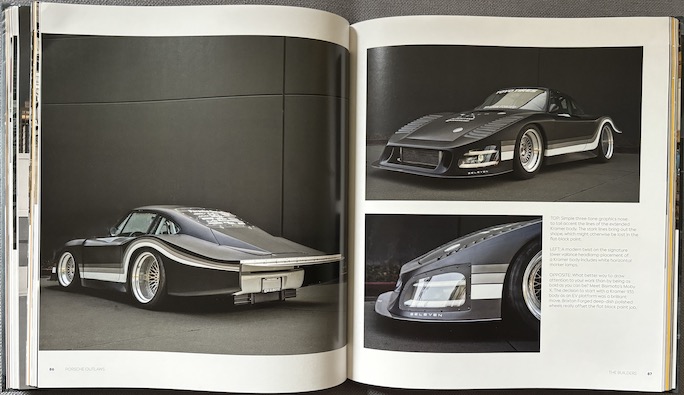
A Bisimoto build called Moby X.
A reader who is on the fence about this topic should start with a spread in the middle of the book, provocatively titled “Coloring Inside the Lines.” Assuming there is a truce to be had, follow Ross to a highlight reel across the decades of factory-built special cars that advance his thesis insofar as they represent “a significant step away from their production-car basis.” These are bookended by a 550 Spyder (1953) and 904 Carrera GTS (1963) on one end and the 918 Spyder (2013) and Mission X (2023) on the other. Conspiracy theorists will probably wonder if it is coincidence that the cars in each pair are separated by ten years.
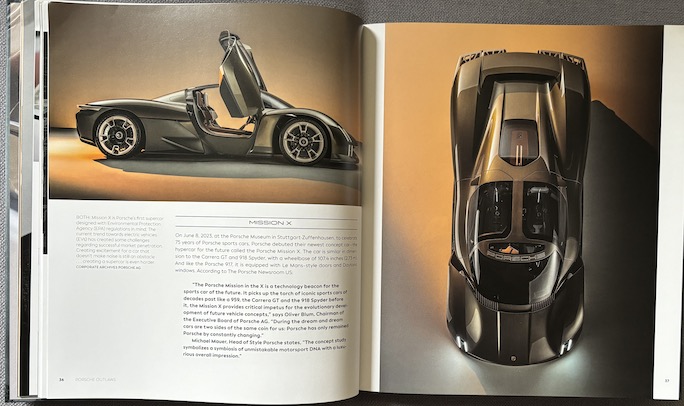
Mission X is an electric concept car and may go into production in 2025.
Ross is first and foremost known as a photographer. For lack of a better way of saying it, the book is descriptive not interpretative. If you lose sleep over distinctions commonly applied to American hot rods—say, rat rods and street rods, customs and lowriders—this book has no clarity to offer and shows all flavors. If there is a consensus it is that only performance mods matter but not cosmetic tweaks, and that the cars must be drivers and not coddled trailer queens. Somewhere buried in the book is a remark by a builder that is telling but not explored: “Outlaws don’t call themselves outlaws.”
 So, simply enjoy the basic arc of Porsche Outlaws beginning in the 1950s with Dean Jeffries’ [1] 356-based “Kustom Karrera” that was met with mostly derision for the next 20 years but did inspire the next guy, Gary Emory (his father was Neil, hot rod pioneer and co-founder of the fabled Valley Custom in Burbank) whose clan two generations later is still a big player in the Outlaw scene and, come to think of it, coined the name “Outlaw” and certainly kickstarted the movement. Two chapters showcase select “Builders” (cf. Emory, Bisimoto, Singer, Ida) and “Drivers” and they might as well have been treated as one chapter because there is crossover.
So, simply enjoy the basic arc of Porsche Outlaws beginning in the 1950s with Dean Jeffries’ [1] 356-based “Kustom Karrera” that was met with mostly derision for the next 20 years but did inspire the next guy, Gary Emory (his father was Neil, hot rod pioneer and co-founder of the fabled Valley Custom in Burbank) whose clan two generations later is still a big player in the Outlaw scene and, come to think of it, coined the name “Outlaw” and certainly kickstarted the movement. Two chapters showcase select “Builders” (cf. Emory, Bisimoto, Singer, Ida) and “Drivers” and they might as well have been treated as one chapter because there is crossover.
The book does have an Index so just check there if something is not where you thought it would be. A whole chapter, and quite a long one too, is devoted to the sub-genre of “Safari Cars” (below) before the book closes with a look at the future, specifically price escalation and air-cooled cars getting ever older (which has implications for R Gruppe).
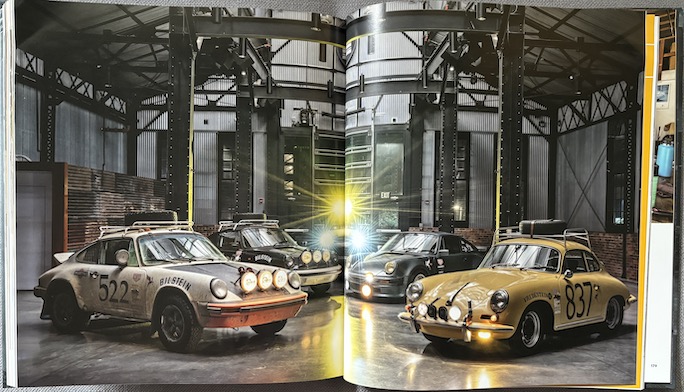
- Jeffries [d. 2013] was a super-important figure in the hot rod scene and remains well known so there really is no excuse for spelling his name inconsistently, in one case in back to back sentences, in another on the same page that shows his actual business card! There are piles of typos throughout!
Copyright 2024, Sabu Advani (speedreaders.info)


 RSS Feed - Comments
RSS Feed - Comments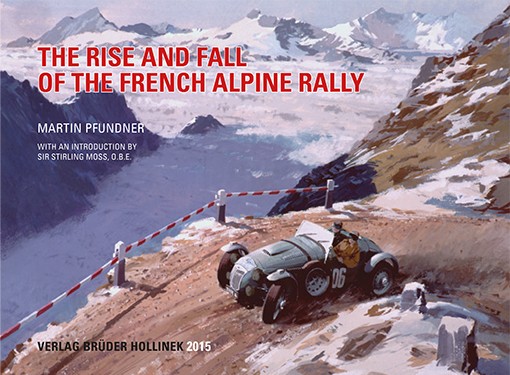
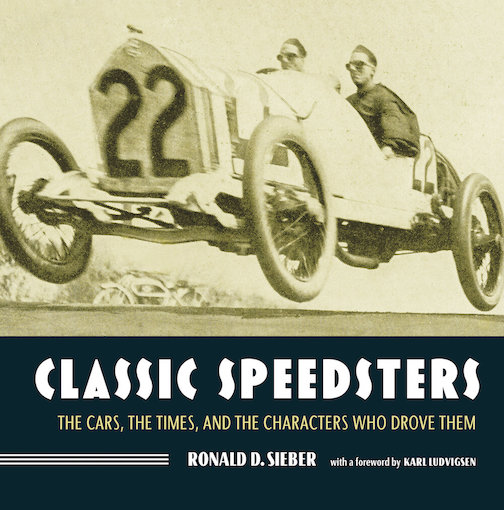
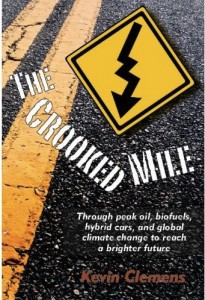
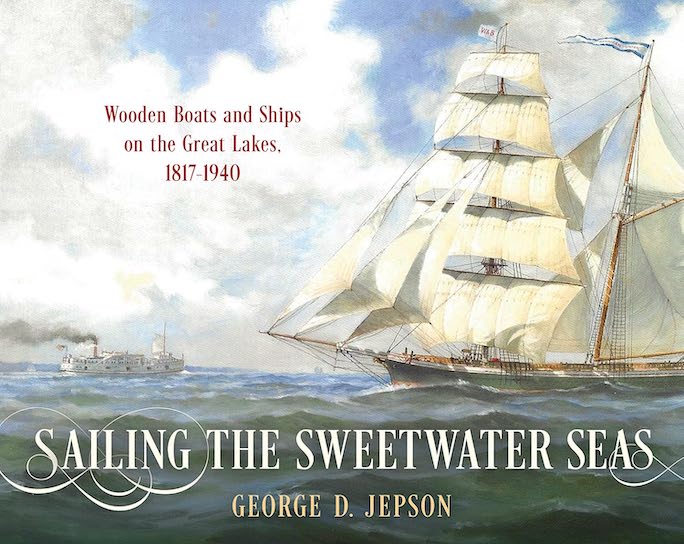

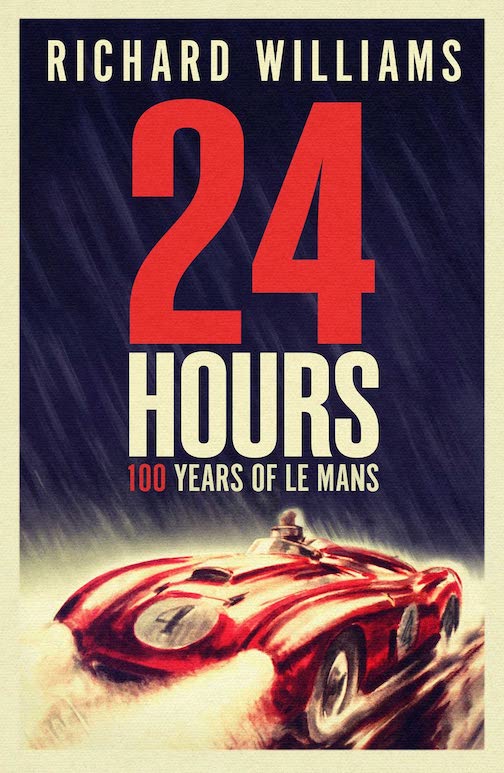
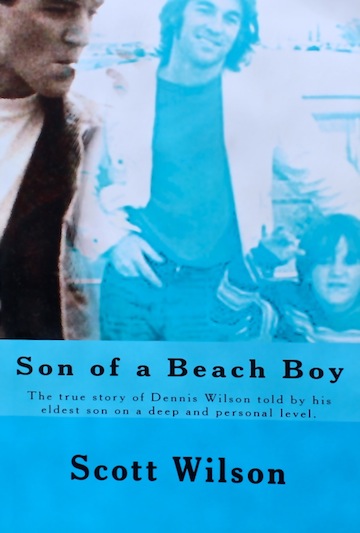
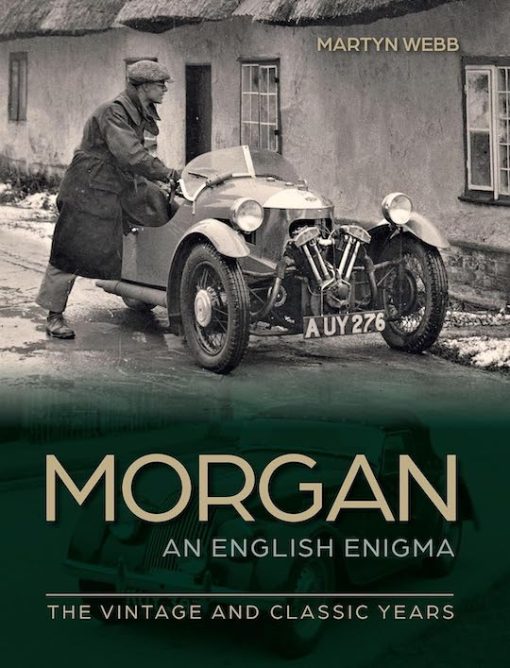
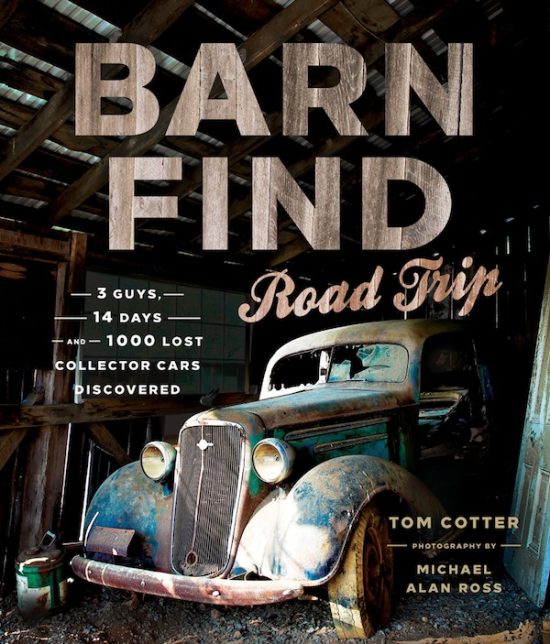
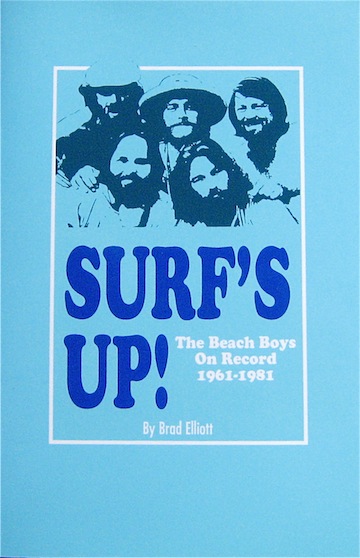
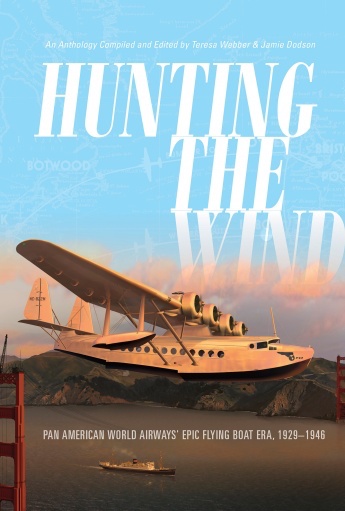
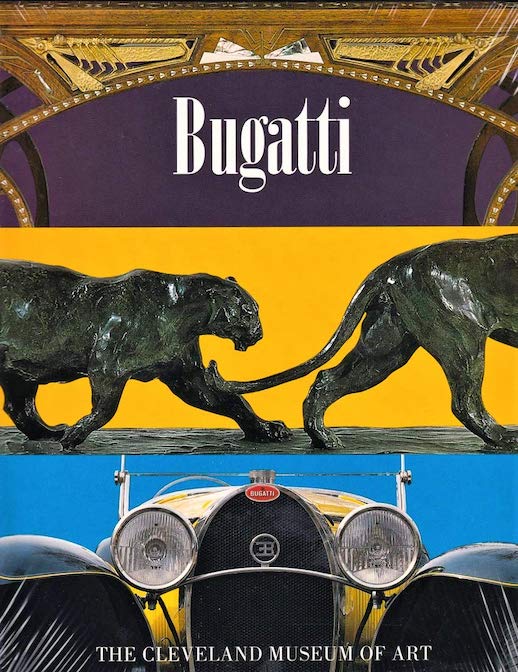
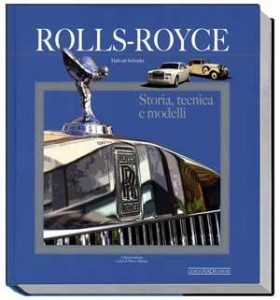
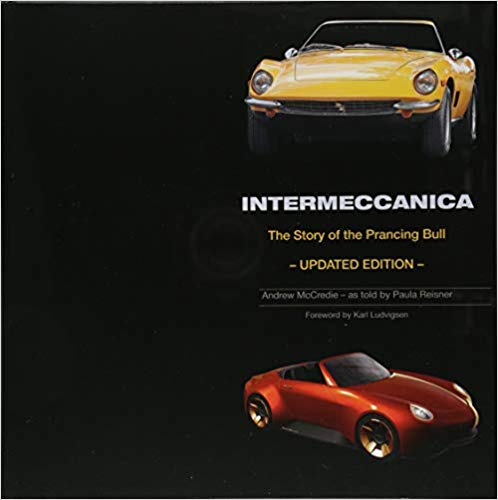
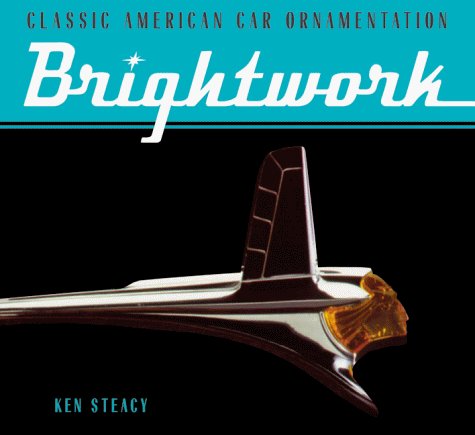
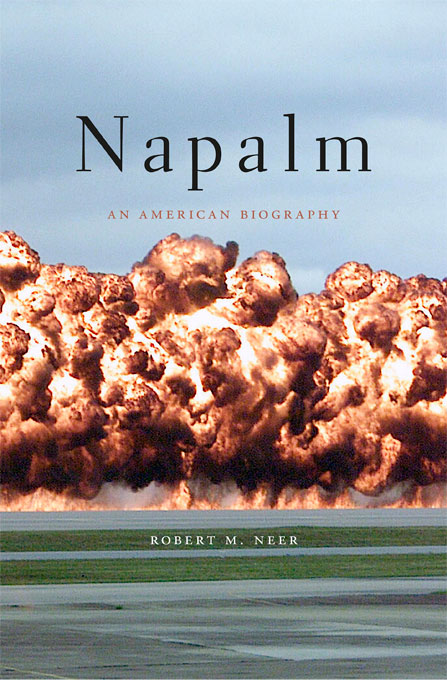

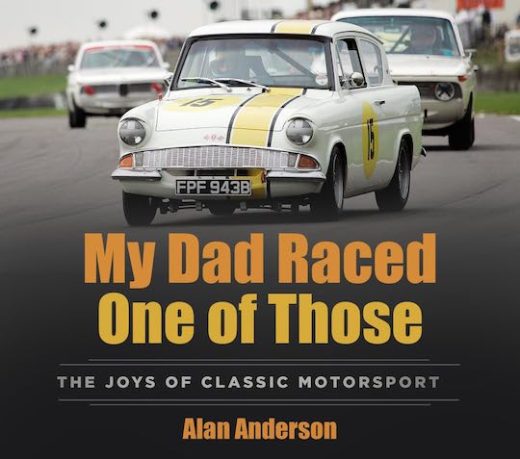
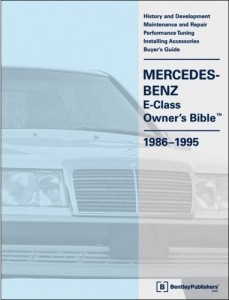

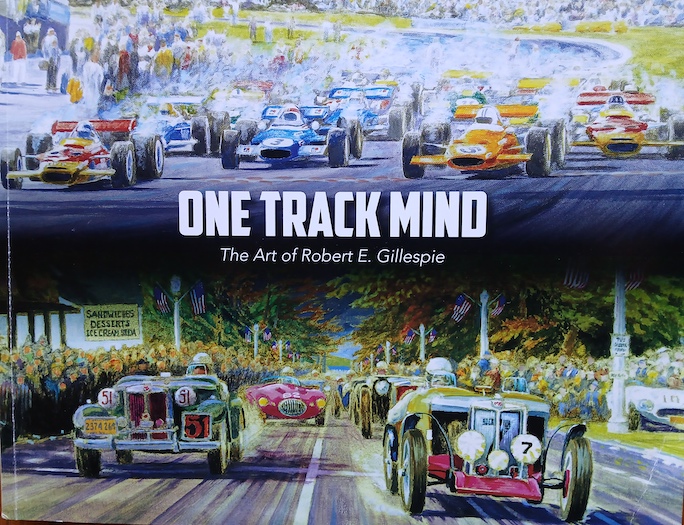
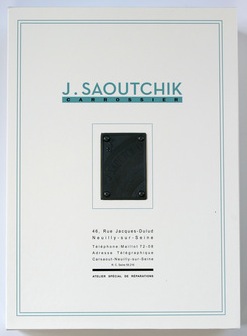
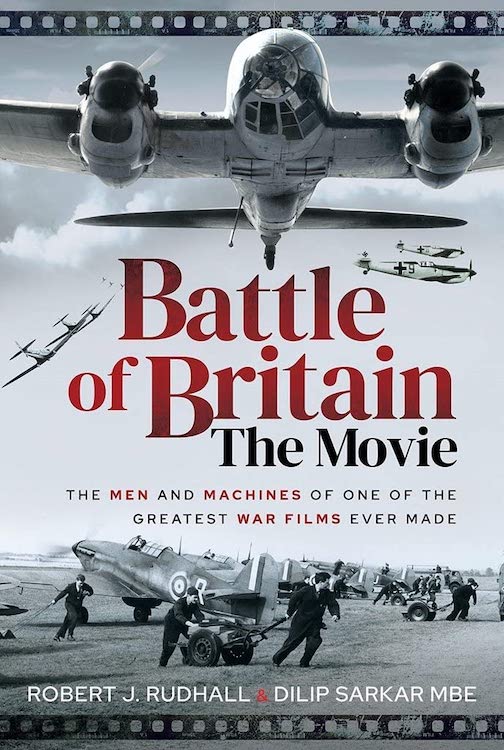

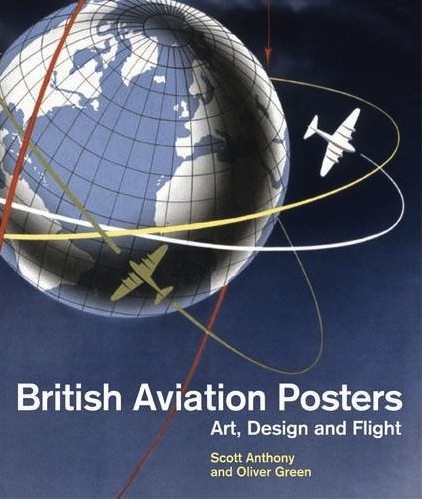
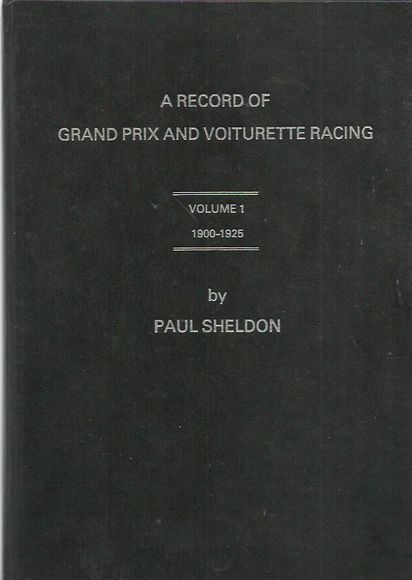

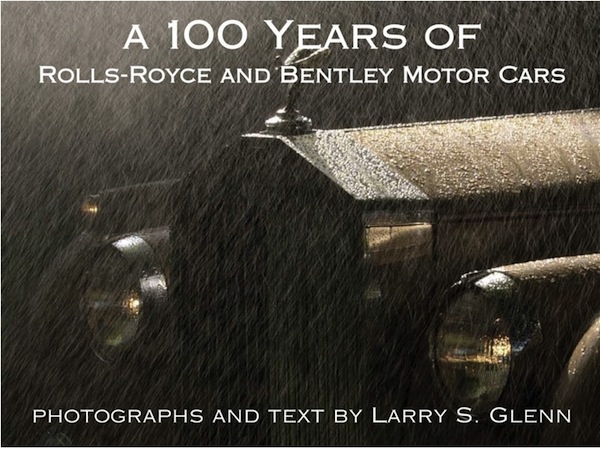
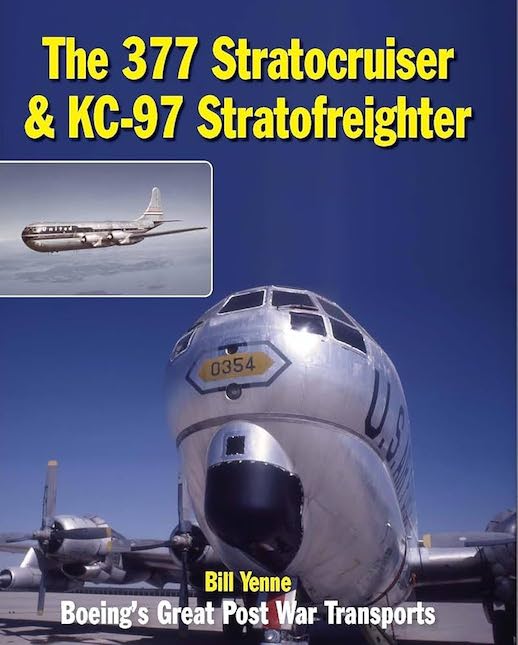
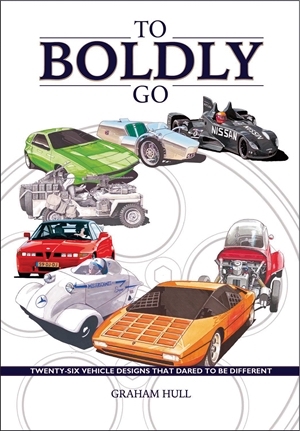

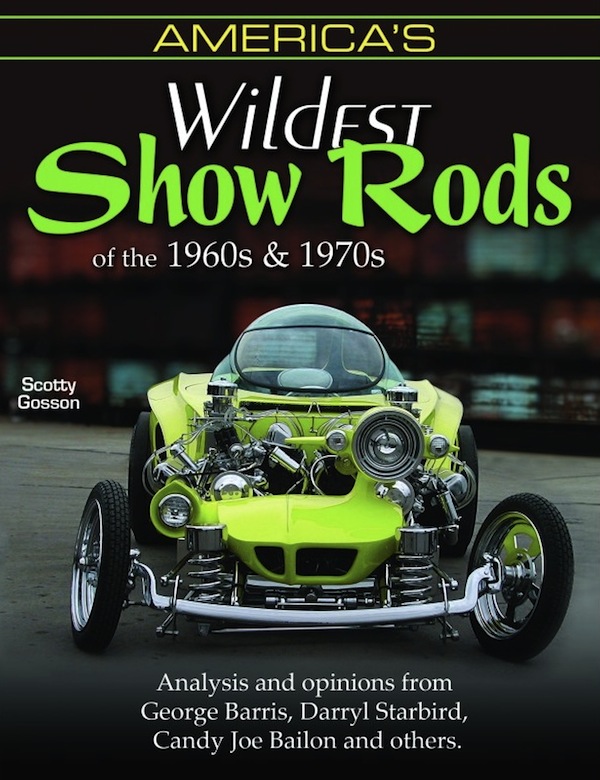
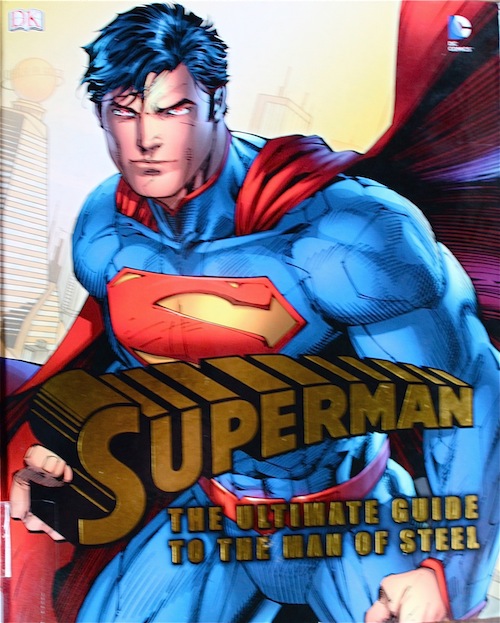

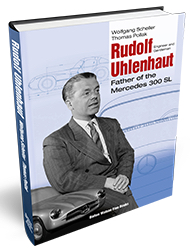
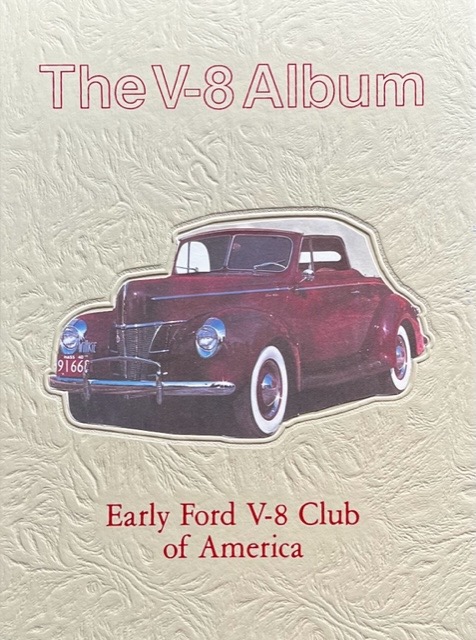
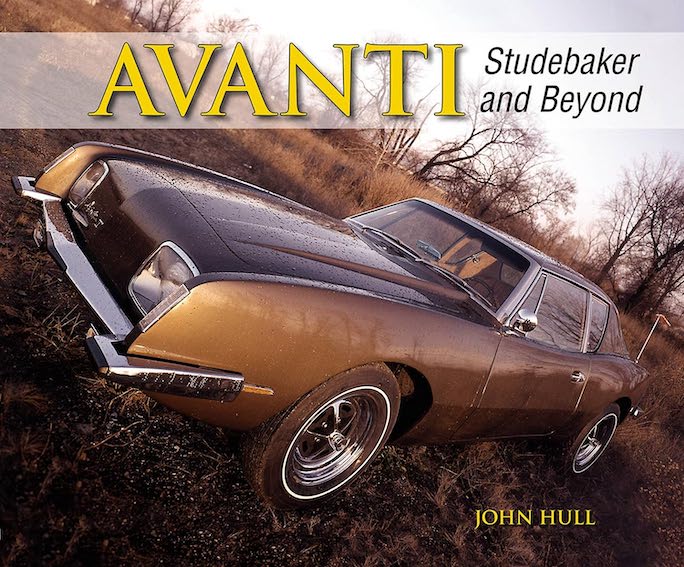
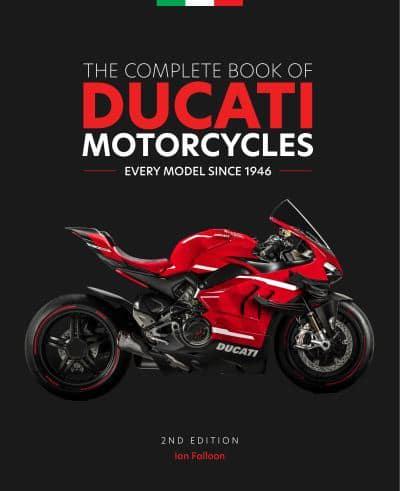
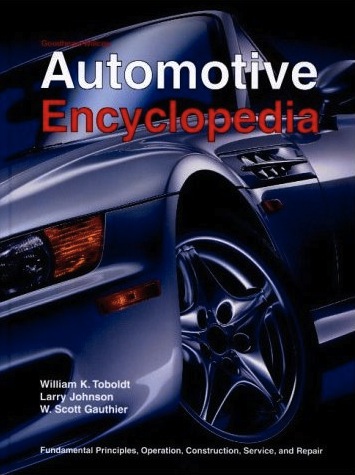
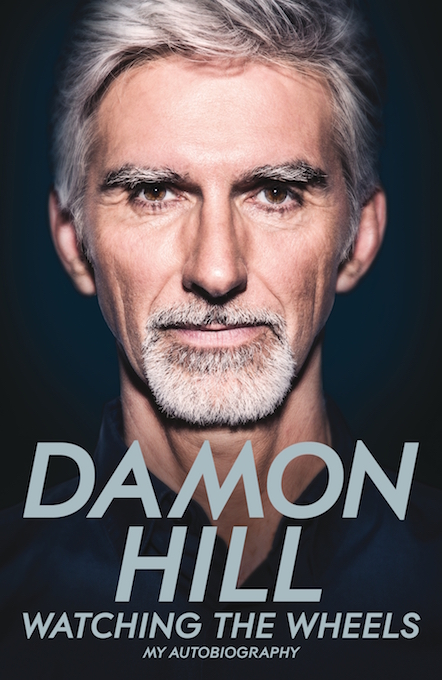
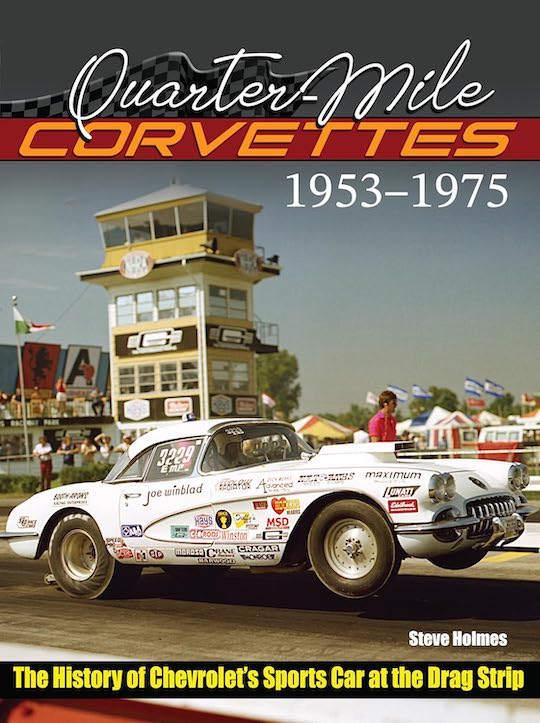
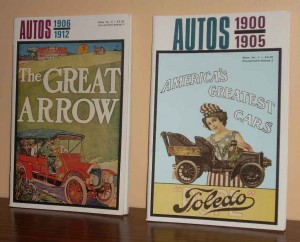

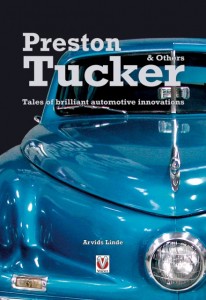

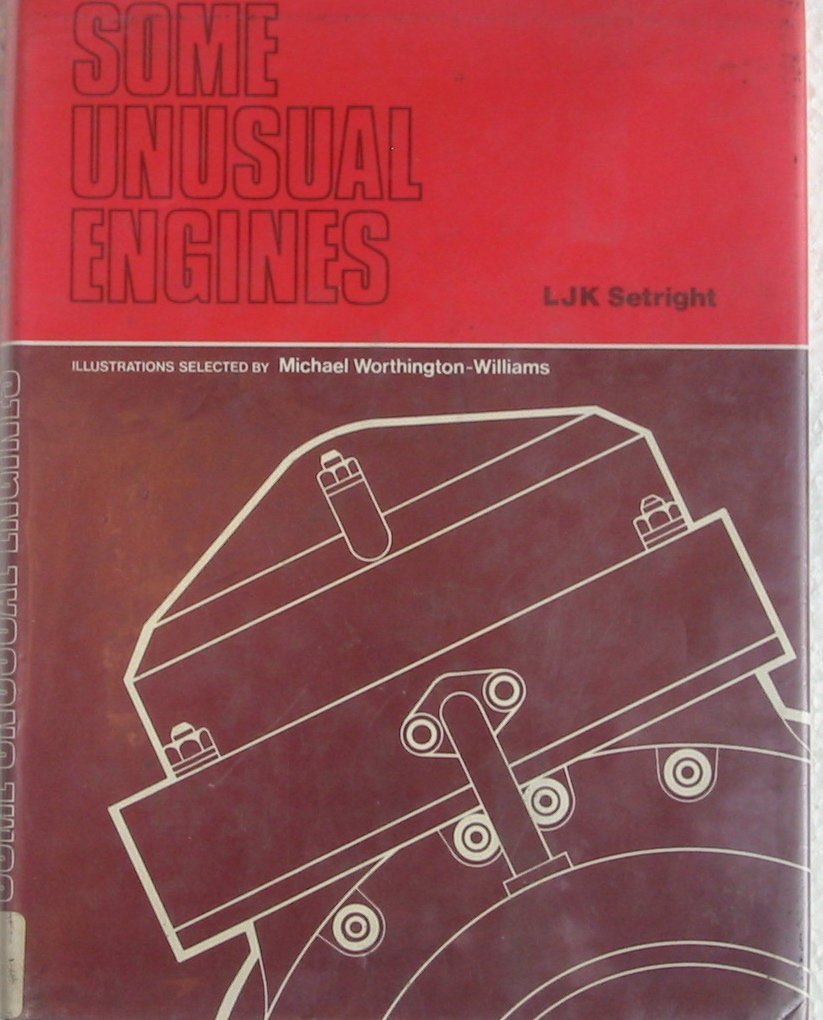
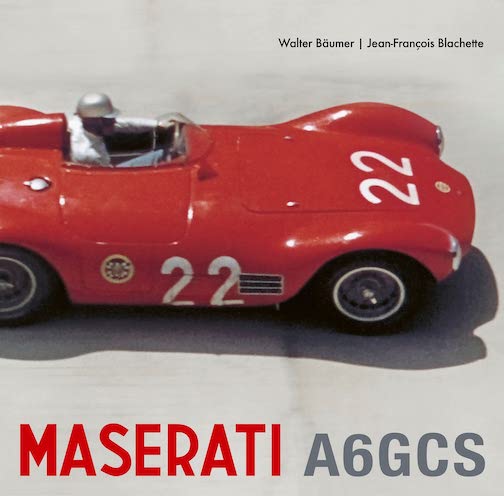
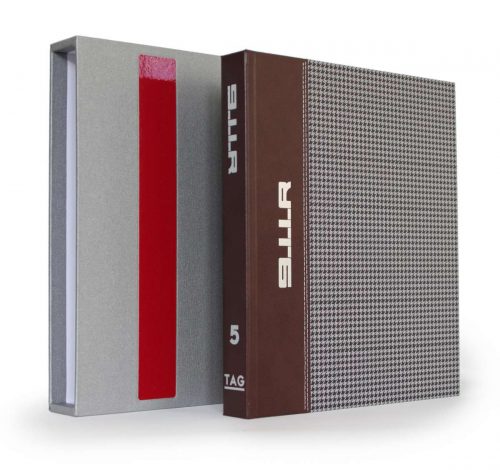
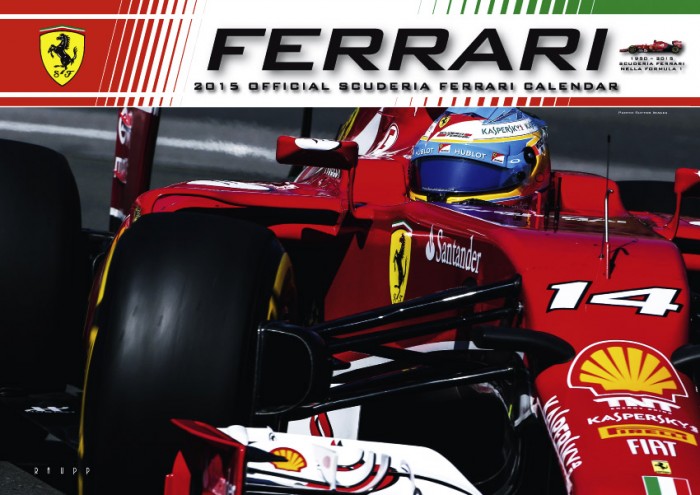
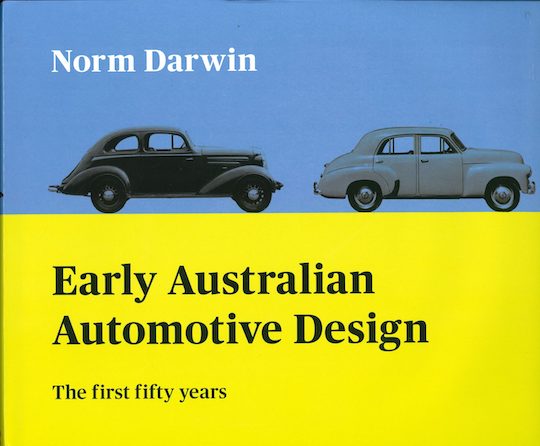
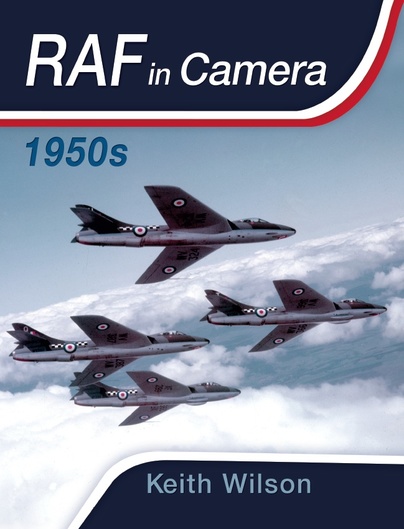


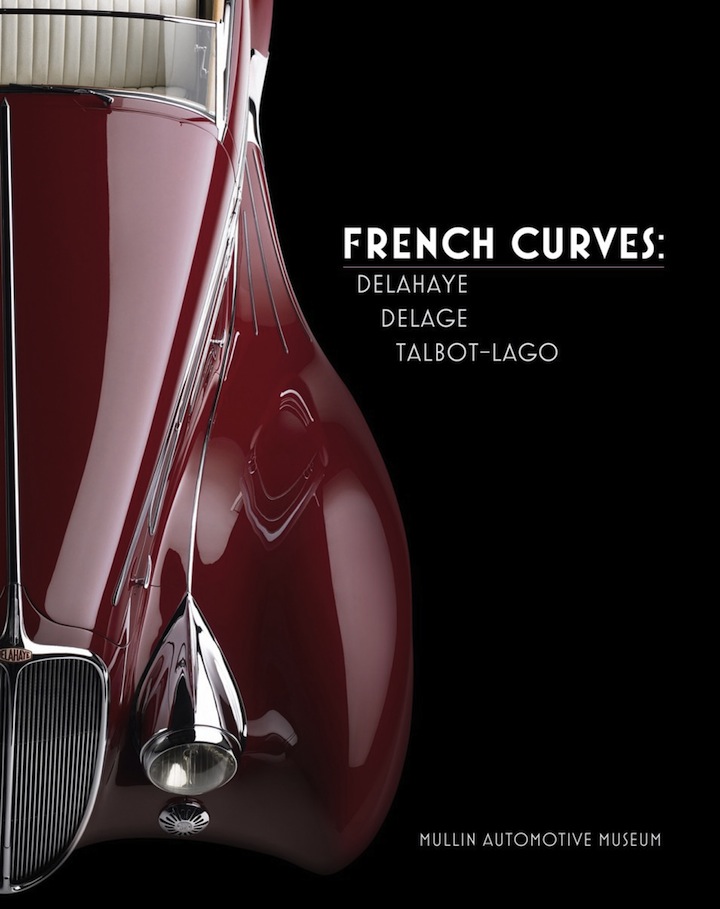


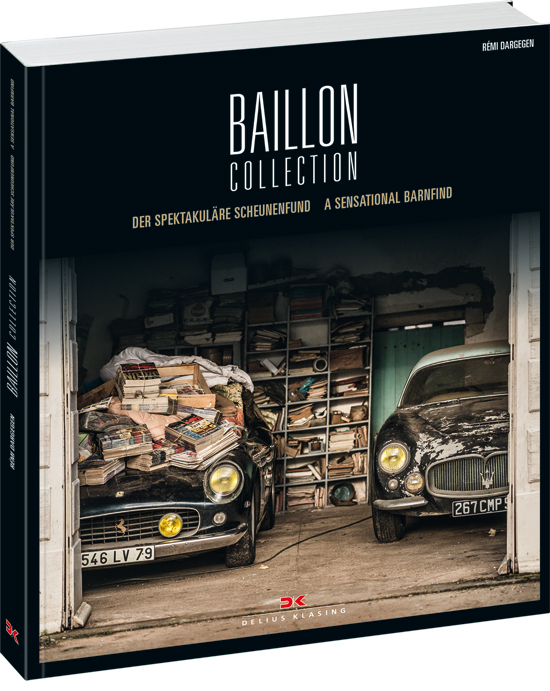
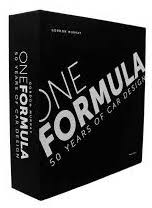
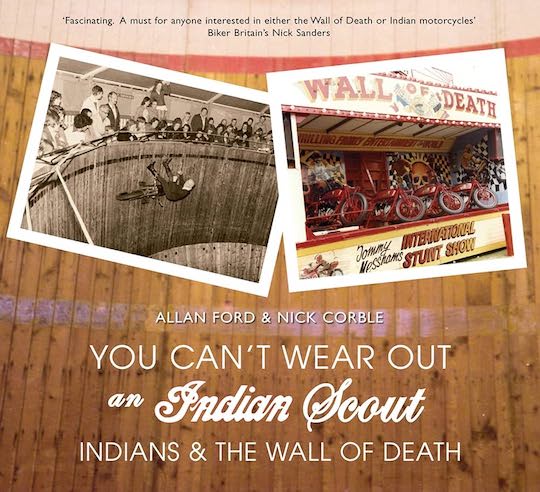
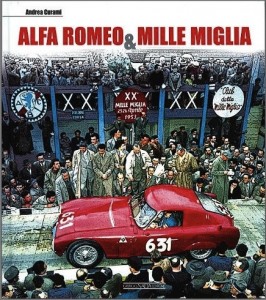
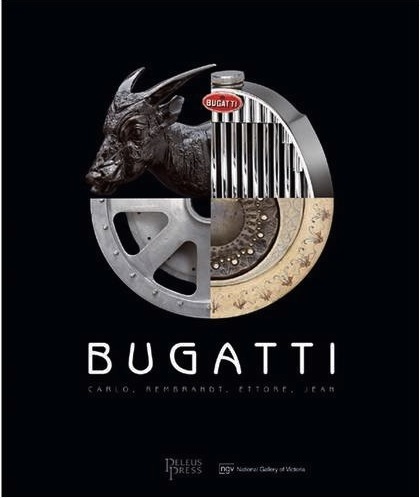
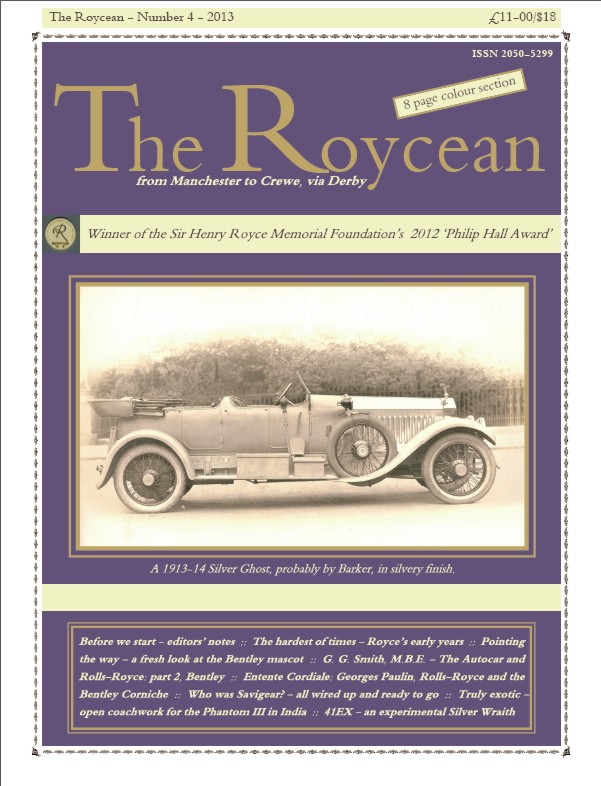
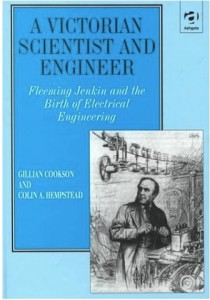
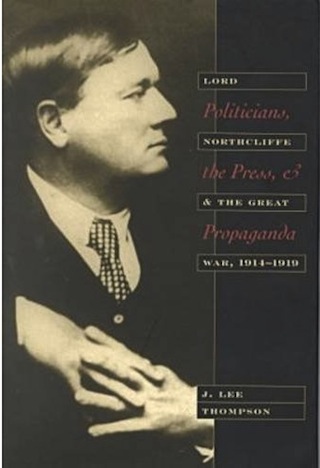



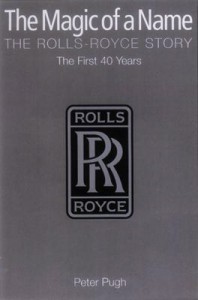
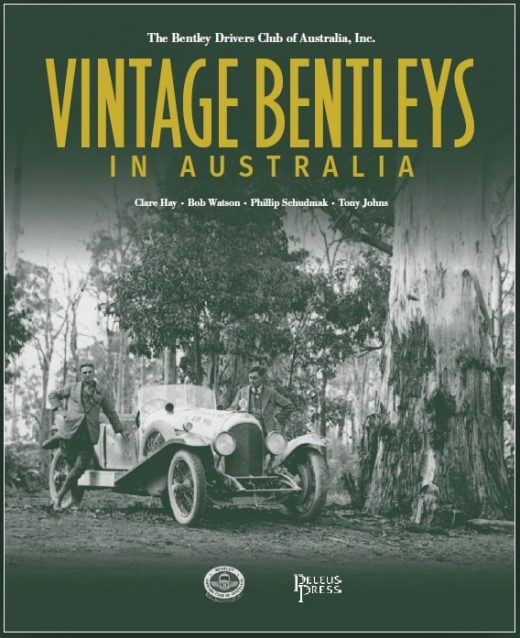


 Phone / Mail / Email
Phone / Mail / Email RSS Feed
RSS Feed Facebook
Facebook Twitter
Twitter